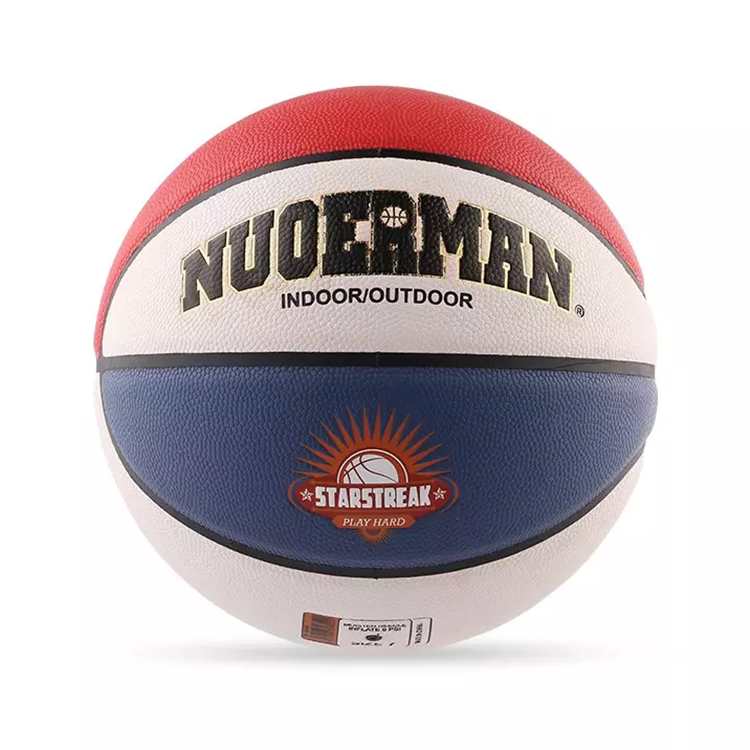Basketball is one of the most popular sports in the world, with millions of players and fans alike. Over the years, the technology behind the game has evolved significantly, with improvements in equipment, training techniques, and gameplay strategies. One area where technology has made a significant impact is in the design and construction of basketballs. In this article, we’ll explore the history of basketball ball materials, highlighting how the use of Soft Touch PU has improved the game.

Early Basketball Ball Materials
The first basketballs were made of leather, which was the most common ball material for many sports at the time. Leather balls had a distinct texture and feel, but they also had a tendency to become stiff and hard in colder temperatures. Additionally, leather balls required a lot of maintenance, including frequent conditioning and cleaning to prevent cracking and peeling.
In the 1940s, manufacturers began experimenting with rubber as a ball material, which offered several advantages over leather. Rubber balls were more affordable, more durable, and could be used in a wider range of temperatures. However, rubber balls also had some drawbacks, including a tendency to bounce unpredictably and a lack of grip on smooth surfaces.
The Rise of PU Basketball Technology
In the 1960s, basketball technology took a significant leap forward with the introduction of Polyurethane (PU) as a ball material. PU was developed as a synthetic alternative to natural rubber, and it quickly gained popularity in a variety of industries, including sports equipment.
The first PU basketballs had a distinct texture and feel, with a tacky surface that offered excellent grip and control. Additionally, PU balls were more durable than rubber or leather balls, and they could be used in a wide range of temperatures and conditions.
Over the years, manufacturers continued to refine the design and construction of PU basketballs, introducing new features such as deeper channels and softer textures. The Soft Touch PU basketball, which is a variation of the PU material, has become particularly popular in recent years due to its superior grip and comfort.
Advantages of Soft Touch PU Basketball
Soft Touch PU basketballs offer several advantages over other ball materials, including:
- Superior Grip: Soft Touch PU basketballs have a tacky surface that provides excellent grip, even in humid or sweaty conditions. This can be especially helpful for players who need to make quick moves and changes of direction on the court.
- Comfort: Soft Touch PU basketballs are softer and more pliable than rubber balls, which can make them more comfortable to handle during extended play. Additionally, the texture of the PU material can help absorb sweat and prevent your hands from slipping on the ball.
- Durability: Soft Touch PU basketballs are made from a tough, durable material that can withstand wear and tear, making them ideal for outdoor play or rough surfaces.
- Consistency: Soft Touch PU basketballs offer a consistent bounce and feel, which can help players develop more precise control and accuracy on the court.
Conclusion
In conclusion, the evolution of basketball technology has led to significant improvements in ball materials, with Soft Touch PU basketballs representing the latest and most advanced iteration of the sport. With their superior grip, durability, and comfort, Soft Touch PU basketballs offer players of all levels a competitive edge on the court. As technology continues to evolve, it’s exciting to think about what other advancements might be in store for the game of basketball.

